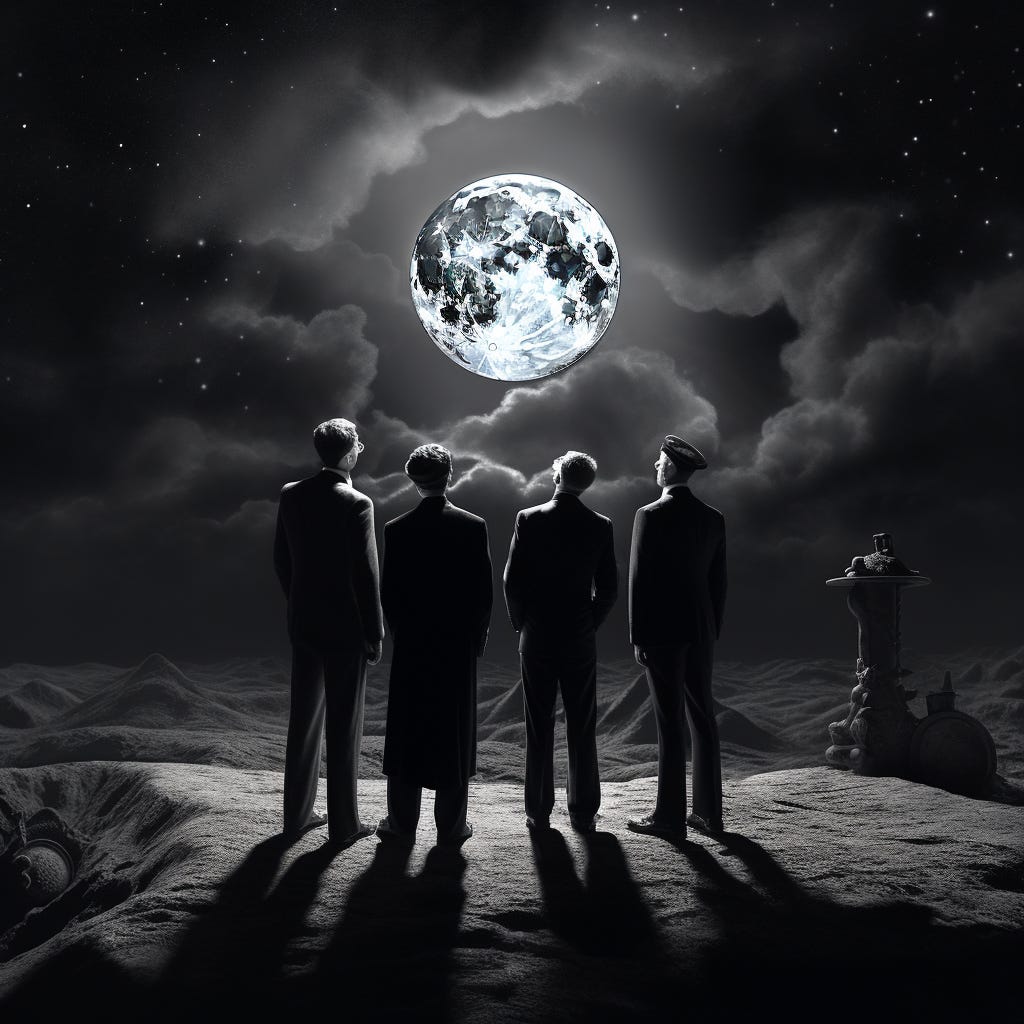The Beginning of Science Fiction Cinema: A Trip to the Moon
The film "A Trip to the Moon" has made such significant contributions to cinema and science fiction that they warrant essential study for university film students.
Perhaps George Méliès' greatest stroke of misfortune was commencing his directorial journey at the dawn of the 20th century. Despite being a prolific figure with his name attached to hundreds of films, he would ultimately be remembered for just one or two of them. However, his 1902 creation, "Le Voyage Dans La Lune" (A Trip to the Moon), would breathe life into both the cinematic realm and the subgenre of science fiction. Beyond his role as a director, Méliès was a toy maker, a designer, and, most notably, a renowned illusionist. His signature touch could be detected in numerous special effects, including pioneering camera tricks, time-lapse photography, the transition from a blurred frame to a clear one, and the camera's capability to capture multiple shots within a single frame.
The contributions of the film "A Trip to the Moon" to the worlds of cinema and science fiction are so substantial that they could fill the pages of a book and are deemed significant enough to be essential reading for every film student at the university level. In Turkey, the film is known as the "Father of Science Fiction Literature" and draws inspiration from the works of Jules Verne, celebrated for "From the Earth to the Moon" and "Around the Moon," as well as H.G. Wells' "First Men in the Moon." It has firmly etched its name in the annals of cinematic literature.
Returning to this masterpiece, the film commences with Professor Barbenfouillis (Méliès) proposing a lunar voyage to fellow members of a Parisian astronomy club. Following profound deliberations, five astronomers opt to embark on this remarkable journey. An examination of the astronomers' names reveals that Méliès invested considerable thought in crafting his characters. The director bestows the following names upon the five astronomers accompanying his character: Nostradamus, Alcofribas, Omega, Micromegas, and Parafaragaramus. Nostradamus derives his name from the French prophet and astrologer Michel de Nostradame, who lived 450 years before our era. On the other hand, Alcofribas is inspired by the pseudonym and anagram employed by François Rabelais, a towering figure in French Renaissance Literature and the author of "Gargantua" and "Pantagruel." In the case of Omega, Méliès references the Greek alphabet, and for Micromégas, he draws inspiration from the French philosopher and satirist Voltaire's seminal short story that laid the foundation for science fiction literature, "Micromégas."
Another notable aspect of this film is its iconic scenes. One of them portrays the moon as having a face and the rocket piercing the moon's eye upon landing. Another involves a reference to Virgil, one of the most eminent poets in Roman history, during the closing celebration scene upon the return to Earth, featuring the phrase "Labor Omnia Vincit" (Labor Omnia Vicit Improbus - "Hard work conquers all"). George Méliès would eventually receive recognition for this invaluable contribution to the world of cinema, precisely 40 years after his passing, through the 1978 documentary titled "George Méliès: The Magician of Cinema."






